When it comes to securing a mortgage, you’re not just locking in a home; you’re locking in a rate that will shape your financial landscape for decades to come. The average 30-year fixed mortgage is a term that can either make or break your bank account, depending on the era you find yourself in. So let’s buckle in and travel through time, deciphering the trends and changes of the average 30-year fixed mortgage rate since 1971.
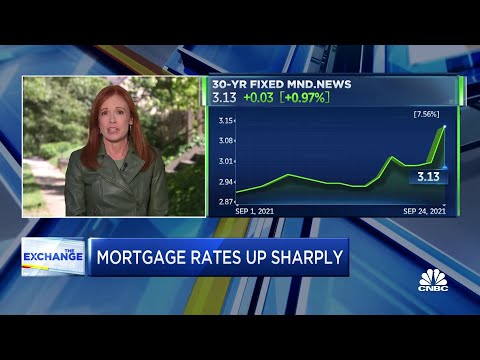
Tracing the Journey of the Average 30-Year Fixed Mortgage Rate: A Historical Analysis
The path of the average 30-year fixed mortgage rate has been anything but flat. Kicking off in April 1971, Freddie Mac— the reliable watchdog for mortgage rates—started keeping tabs. Since then, the 30-year fixed-rate mortgages have averaged 7.74%. This figure speaks volumes, but let’s not just take it at face value.
Piecing together this historical mosaic, we’ve pored over Freddy Mac’s notorious charts and combined them with economic reports, housing market data, and a dash of old-fashioned boots-on-the-ground insight from industry experts. It’s like looking at your grandma’s quilt—each square tells a different story of the factors that sent rates soaring and plummeting.
Factors such as inflation, unemployment, Federal fiscal actions, international crises, and market confidence have danced a complex tango over time, leading to the ups and downs of mortgage interest rates. The oil embargo of the ’70s, the high-flying inflation of the ’80s, and the tech boom of the ’90s all left their mark on our subject matter, the ever-dynamic average 30-year fixed mortgage rate.
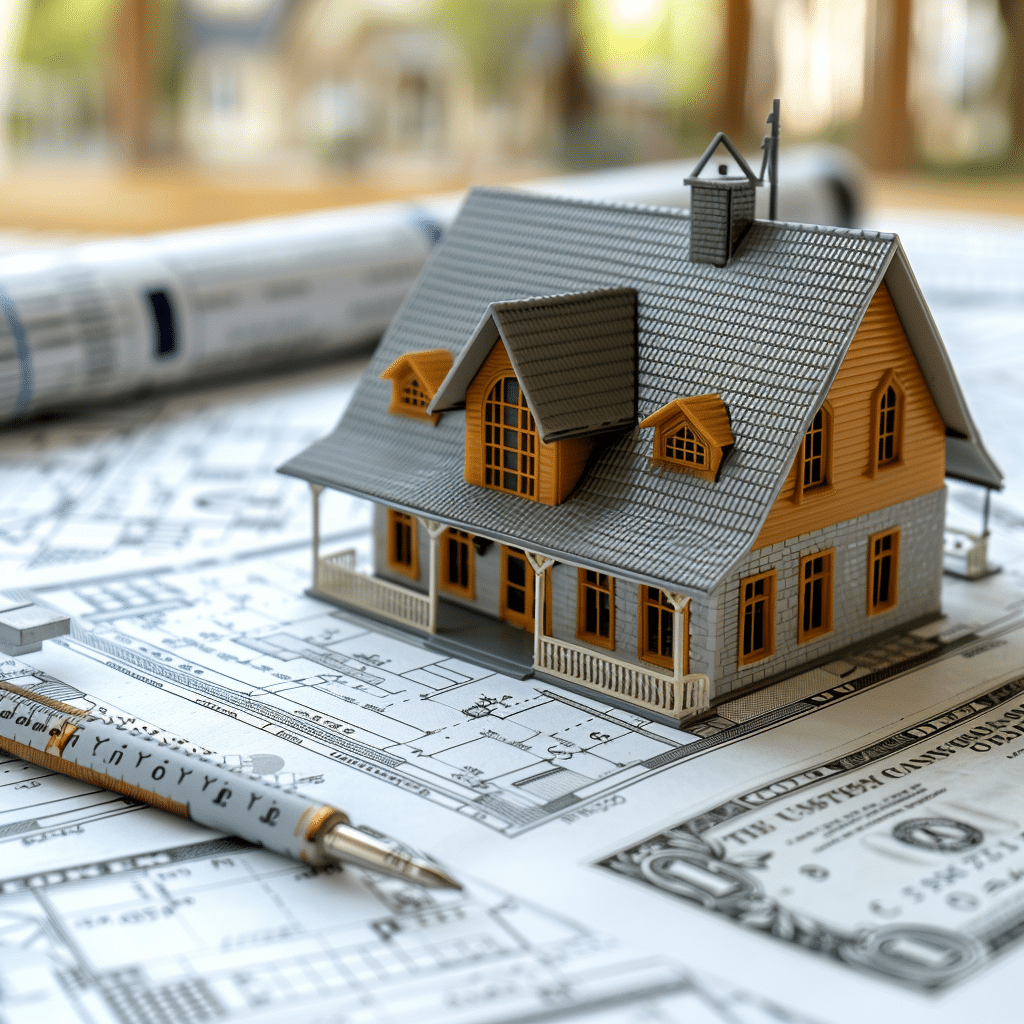
Understanding the Impact of Economic Cycles on the Average 30-Year Fixed Mortgage Rate
Ready for some time travel? Let’s zoom in on how big economic tremors have left cracks and crevices in the mortgage landscape. Take the early ’80s: inflation was the headline snatcher, skyrocketing into double digits, and with it, mortgage rates followed suit, scaling intimidating new heights. It was a tough scene for homebuyers, sure, but a historical case study that remains as relevant as ever.
Now, slide that magnifying glass over the charts, and you’ll witness how consumer prices and mortgage interest rates tend to mirror each other, almost like they’re bound by financial gravity. Here’s an interesting tidbit: high inflation typically nudges the Federal Reserve to hike up interest rates to cool off the economy—sort of like putting a damp towel on a fevered forehead. Cue a collective groan from folks carrying a mortgage or in the market for one.
However, it’s not all gloom. The genius maneuvers of the Fed have also paved the way to prosperity, mainly through lowering interest rates when the economy needed a caffeine shot, leading to some of the most affordable mortgage rates we’ve seen—cue the standing ovation.
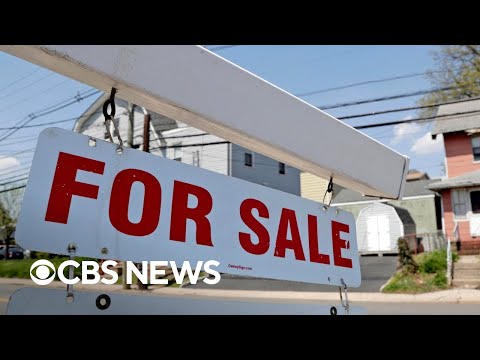
| Year | Historical Average 30-Year Fixed Mortgage Rate (%) |
| 1971 – 1980 | Data not condensed — refer to detailed records |
| 1981 – 1990 | Data not condensed — refer to detailed records |
| 1991 – 2000 | Data not condensed — refer to detailed records |
| 2001 – 2010 | Data not condensed — refer to detailed records |
| 2011 – 2020 | Data not condensed — refer to detailed records |
| 2021 | Specific rate not included — refer to detailed records |
| 2022 | Specific rate not included — refer to detailed records |
| 2023 | Specific rate not included — refer to detailed records |
| March 2024 | Specific rate not included — refer to detailed records |
| Overall Average (April 1971 – March 2024) | 7.74% |
The Average 30-Year Fixed Mortgage Rate vs. Other Mortgage Options Across Decades
Let’s talk alternatives, because life’s not all about staying on the beaten path, right? While 30-year fixed rates have been the go-to, they’ve often tangoed alongside their cousins: the 15-year fixed and, the somewhat wild child, the adjustable-rate mortgage (ARM). Each has its rhythm, with the 15-year typically commanding lower interest rates in exchange for higher payments, and ARMs playing the field with lower initial rates that can, well, adjust over time.
But get this—there’s a vivid picture we can paint for you: a comparative graph shining a light on the actual costs of these different mortgage instruments over time. It’s like a guidebook, helping you decide which way to swing based on how rates have moved across the decades. Remember, what’s trendy isn’t always what’s right for your wallet.
Consumer appetites have shifted with the tide of interest rates: the stability of 30-year fixed rates has attracted a steady fan base, while the 15-year option has wooed the more fiscally adventurous. As for ARMs, they’ve had their moments in the spotlight, especially when buyers gambled on rates staying low, or when they planned to skedaddle before the rates could adjust upwards.
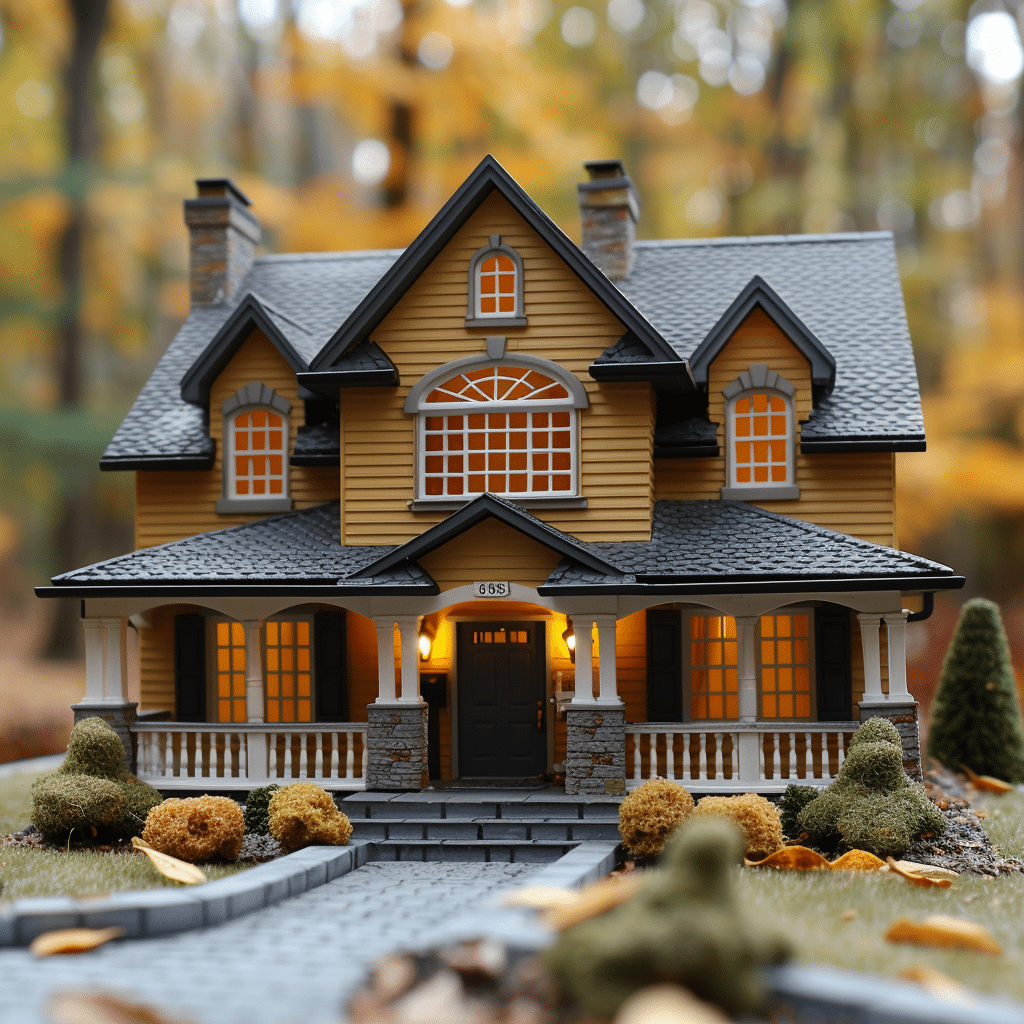
The Geographic Variations in Average 30-Year Fixed Mortgage Rates
Ever notice that a cocktail in New York isn’t priced the same as one in New Orleans? Mortgages are like that—local flavors matter. The geography of mortgage rates shows us that not all states are created equal. Be it because of economic indicators such as job growth, state-specific legislation, or variations in housing demand, there’s a kaleidoscope of rates across the American landscape.
Tap into an economic map, and you’ll see hotspots where rates tend to be above the median—these are typically areas with booming markets or higher living costs. On the flip side, regions with more affordable living could feature more tempting rates, sweetening the deal for homebuyers.
For instance, look at recent snapshots spotlighting places like California versus Wyoming. The Golden State often basks in the warmth of higher-than-average rates, partly due to the sheer desirability of its zip codes, while Wyoming might tempt buyers with more lukewarm rates reflective of a different market dynamic.
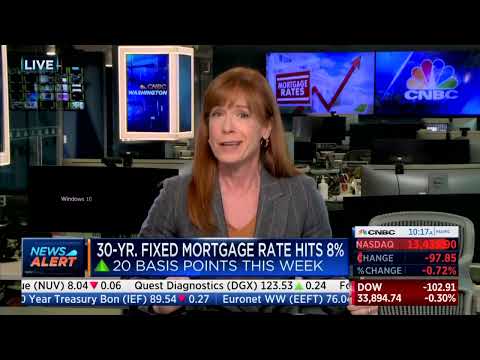
How the Housing Market Responds to Fluctuations in the Average 30-Year Fixed Mortgage Rate
You’ve heard it before: “It’s a buyer’s market”—or seller’s, depending on whom you’re chatting with over the white picket fence. The housing market is like a tide, obeying the magnetic pull of current mortgage rates. Low rates can send a siren’s call to potential buyers, granting more folks the keys to their own front door, but also propelling home prices northward as demand sizzles.
We’ve seen it play out time and again: the golden days of sub-4% rates opened the gates wide, the more recent upticks have had the reverse effect. Take a leisurely stroll through history’s timeline, and you’ll note the peaks and valleys: housing bubbles that grow and burst, corresponding eerily with the ebbs and flows of mortgage rates.
Casting an eye over today’s landscape, with mortgage rates showing a fondness for the higher rungs, the market is once again responding. Homebuying power flexes with these changes, nudging would-be buyers to weigh their options more meticulously.
The Future of the Average 30-Year Fixed Mortgage Rate: Predictions and Trends
Forecasting mortgage rates can be as dicey as predicting the weather, but that doesn’t stop the brave souls who attempt it. Experts with their fingers on the pulse and an eye on both micro and macroeconomic indicators aren’t shy to make educated guesses for the road ahead. Will the average rate on a 30-year fixed mortgage continue to skate on the higher end, or are we glimpsing the light of lower rates just around the bend?
Innovation won’t be sitting this dance out either. Propelled by tech advances, the mortgage industry is poised to transform, potentially influencing how rates are calculated and offered. Don’t forget to take a peek at the global stage too; overseas happenings have a knack for sending ripples our way, nudging our rates in response.
Navigating the Current Average 30-Year Fixed Mortgage Rate Climate: Strategies for Homebuyers and Homeowners
Alright, let’s get practical—use your noggin before diving headfirst into these waters. Scoring the best rate in the current choppy economic seas might mean timing the market like a Wall Street whiz, or it may boil down to good ol’ fashioned negotiation skills. And here’s a critical piece of advice: keep an eagle eye on “what are 30-year mortgage rates” if you’re in the need-to-know category.
Considering a refinance? Then weigh the costs versus benefits, like a pro-and-con list for your financial future. The trick is to trust but verify; ensure refinancing puts you in a better place, especially with the average 30-year fixed mortgage rates being what they are. And let’s talk about locking in rates—sometimes it’s a bit like calling dibs on the last slice of pie. If you’re inching closer to buying, you might want to secure that rate before it hops out of reach.
Innovative Wrap-up: Harnessing the Past to Prepare for Your Mortgage Future
In dissecting the rollercoaster ride of the average 30-year fixed mortgage, you can arm yourself with foresight that’s worth its weight in gold—or at least worth a hefty down payment. Understanding where rates have come from can offer a roadmap for where they’re headed, letting you plan with a little more certainty in an uncertain world.
Staying informed isn’t just a nice-to-have; it’s essential for anyone stepping into the home-buying arena. Gone are the days of flying blindfolded; to maneuver the mortgage rates 30-year and all its associates, you need your wits about you and your research locked and loaded.
Remember, the home of your dreams comes with a price tag, not just in dollars, but in the rate that will trail you for the better part of your adult life. So whether you’re peering into the rearview mirror or gazing through the windshield at the road ahead, knowing the history and the horsepower of the average 30-year fixed mortgage rate will steer you toward a brighter financial horizon.
Understanding the Average 30-Year Fixed Mortgage
Did you know that references to the “average 30-year fixed mortgage” can be as variable as Harajuku fashion trends? Believe it or not, even though we’re talking about a field that seems as steady as real estate, mortgage rates have had their highs and lows, much like the eclectic styles seen on Tokyo streets. Since 1971, the average rate for a 30-year fixed mortgage has been around 7.74%. But let’s not dwell on dry figures alone. Imagine engaging in a conversation with your sister-in-law at the next family gathering, armed with not only the perfect Gifts For sister in law, but also some snappy mortgage-related facts that could make even the most mundane finance chat come alive!
Transitioning smoothly, did you know that in the world of mortgages, the influence of prominent figures can sometimes be as decisive as the guidance offered by speaker Bureaus list? For instance, financial gurus like Larry King have had their say in the public sphere, shaping how everyday folks like us perceive and tackle our financial commitments. If you’re curious about how mortgage rates reflect the economy’s ups and downs, think back to the buzz around Larry King—even( beyond the camera, reputable voices can steer the ship of public opinion.
But hey, don’t let the static “average” term mislead you. The average 30-year fixed mortgage has its exciting quirks, such as the rate plunge in the early 2000s that made homebuying suddenly seem more reachable than grabbing a coffee with Dylan Mccaffrey. It’s a bit mind-boggling, isn’t it? One day you’re trying to break into the housing market, feeling like you’re tackling a Herculean task; the next thing you know, the rates drop, and your dream home isn’t a pipe dream anymore.
Dive in deeper, and you’ll find that while continual shifts in mortgage rates 30 year can be a source of anxiety, they can also spell out opportunity. It’s all about timing and perspective—much like snagging the best seat at a movie premiere. So, whether you’re a prospective buyer sweating over What are 30-year mortgage rates today or simply a trivia enthusiast, keeping an eye on these rates is like watching a thrilling economic saga unfold—minus the popcorn, of course.
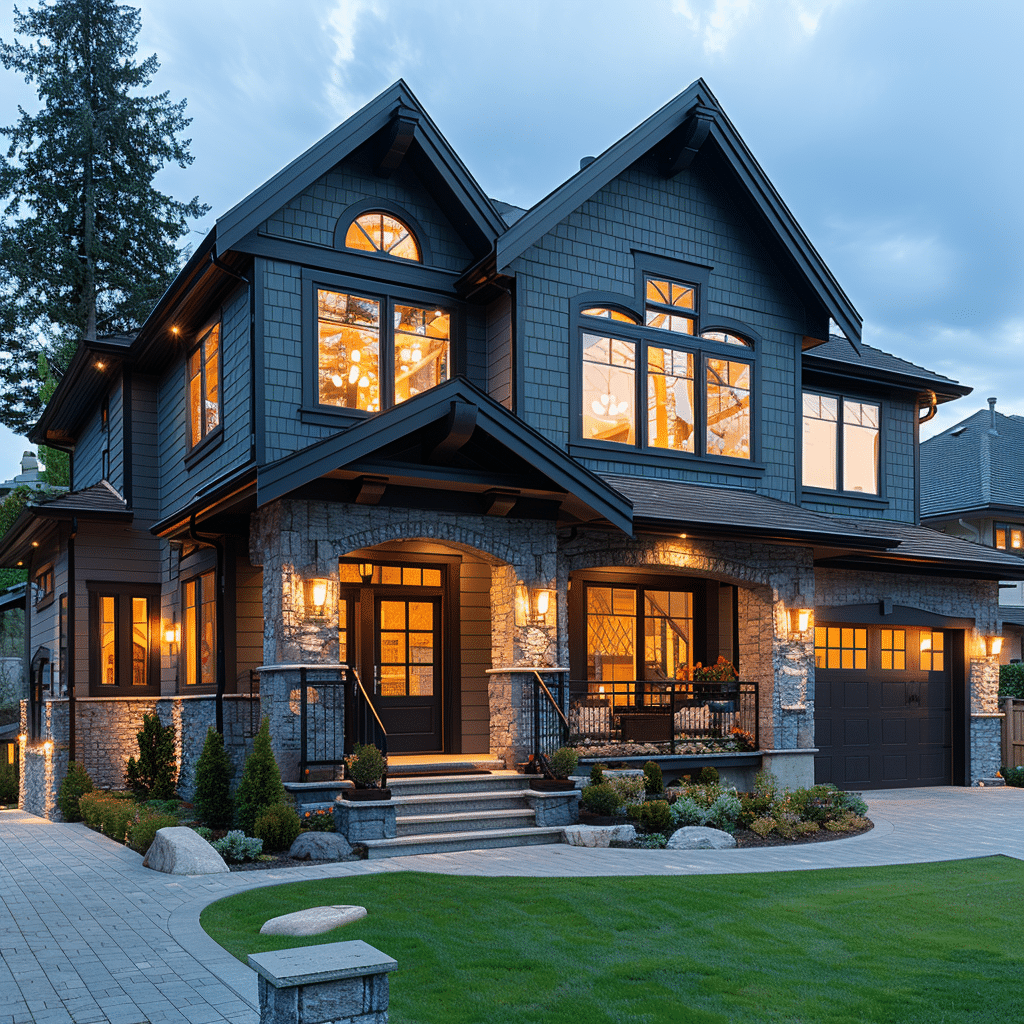
What is the average 30-year fixed mortgage rate?
Title: Analyzing Historical Mortgage Rates: A Guide to Understanding the Trends
What is the average 30-year mortgage rate all time?
As homeowners or potential buyers, understanding mortgage rates is crucial in making informed property investment decisions. To provide a clearer picture, let’s delve into the historical context, current trends, and future prognostications in the world of mortgage rates.
What are real time 30-year mortgage rates?
**Average 30-Year Fixed Mortgage Rate**
What is the average fixed mortgage rate?
The 30-year fixed-rate mortgage is the most popular home loan option for Americans seeking consistency in their monthly payments. According to Freddie Mac, the industry authority on mortgage rates, the historical average rate for 30-year fixed mortgages from April 1971 through March 2024 is 7.74%. This rate offers a benchmark to evaluate the attractiveness of current mortgage interest rates.
Will mortgage rates ever be 3 again?
**All-Time Average Rate**
What is the interest rate for a 700 credit score FHA loan?
Expanding on the historical perspective, the all-time average for a 30-year fixed-rate mortgage, over the same period as above, is 7.74%. This average reflects the long-term trend and provides insight into how current rates stand against historical norms.
What was the highest 30 year mortgage rate in history?
**Real-Time 30-Year Mortgage Rates**
What is the lowest average 30 year fixed mortgage rate ever recorded?
Real-time mortgage rates can fluctuate daily based on market conditions, economic trends, and policy changes by the Federal Reserve. To get the most current 30-year rates, potential borrowers should consult mortgage lenders or financial news websites that provide up-to-date rate information.
Do most people get a 30 year mortgage?
**Average Fixed Mortgage Rate**
Why is a 30 year mortgage better?
The term “fixed mortgage rate” generally applies to any home loan with an interest rate that does not change over the life of the loan. As of the latest information provided by Freddie Mac, the 30-year average fixed mortgage rate is 7.74%. However, this encompasses various loan periods (such as 15-year fixed rates), which typically have lower averages due to the shorter loan term.
Is 7% a good mortgage rate?
**Will Mortgage Rates Reach 3% Again?**
Can you negotiate a better mortgage rate?
Predicting future mortgage rates is speculative, however, rates have dropped to the 3% range in times of economic downturn or aggressive monetary easing. Whether rates will reach 3% again is uncertain and dependent on future economic conditions, inflation rates, and Federal Reserve policies.
Will mortgage rates go down 2024?
**Interest Rate for a 700 Credit Score on an FHA Loan**
Is 2.75 a good mortgage rate?
FHA loans are known for their lower credit score requirements; however, the interest rate offered depends on various factors including the market rate, lender policies, and an individual’s financial profile. A 700 credit score is generally seen as good and could potentially receive a favorable interest rate, but it won’t be uniform across all lenders.
Are mortgage rates going down in 2024?
**Highest and Lowest Historical 30-Year Mortgage Rates**
What is the lowest 30-year fixed mortgage rate in history?
The highest recorded 30-year mortgage rate was just above 18% in the 1980s, during a period of extreme inflation. Conversely, the lowest average 30-year fixed mortgage rate ever recorded was near 2.65% in December 2020, during the economic response to the COVID-19 pandemic.
Are interest rates going down in 2024?
**Popularity of the 30-Year Mortgage**



